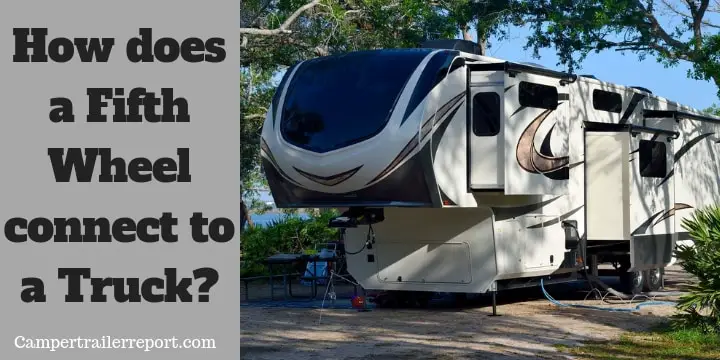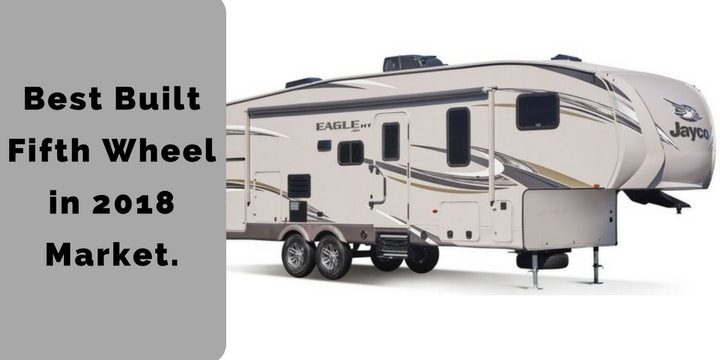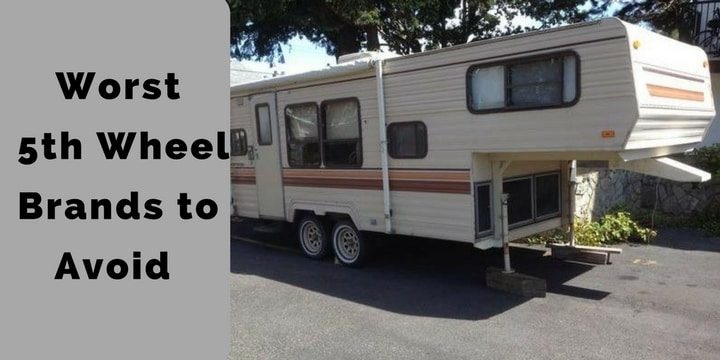
How does a Fifth Wheel connect to a Truck?
In order to do it properly, there are a few things to consider:
First of all, it is transcendental to understand that the procedure may be different depending on the vehicle. For example, it might be slightly different to connect a Fifth Wheel to a truck than a semi-trailer, although it is considered to be the same in some parts of the country.
Thus said, and imagining that we can make Mr. Charles H. Martin (creator of the Fifth Wheel for motorized trucks) happy, please notice that safety should be the number one concern regarding the process.
The objective of this article is to magnify the responsibilities that need to be accomplished when performing step-by-step this procedure.
These steps apply for different fifth wheels across the country, so there is no excuse for following the security measures.
So, let’s get started.
First of all, you need to make sure that you have the correct connecting cables for electricity, the support trains (to lift up and lower down the Fifth Wheel), and of course, the kingpin.
After that, you need to check that the connecting devices are in good form, plus it is relevant that their stability is working correctly, because ground-level, parking signals, and more personal protection elements for the operator/driver are basic when maneuvering.
The Fifth Wheel needs to be locked with screw nuts, without leaving any cracks while “locking” to the truck.
You also need to make sure that the surface has enough grease and that the indents in the upper side are filled with grease (lubrication is very important).
If the Fifth Wheel is adapted for sliding, make sure that the locks are connected and steady on the rail, then it should be inclined up and down.
Thus, to connect the kingpin, you need to make sure that it is attached to the Fifth Wheel in the correct position (the back part needs to be inclined facing down).
Then the operator/driver needs to assure that there are no obstructions when connecting the Fifth Wheel to the truck. It is safer than the vehicle has air suspension because it is easier to maneuver.
> You may also like:45 RV Accessory Must-Haves for Your Travel Trailer<<
We are almost done. Now the driver needs to drive back until the Fifth Wheel is under the truck and then put the transmission in neutral and use the safety break.
Now it is time to make sure that the alignment of the kingpin and the Fifth Wheel is correct; if necessary, adjust the Fifth Wheel and amend the alignment.
If it is correctly done, then you will hear the characteristic and beautiful sound that indicates that it is finally connected.
If the connecting is adequate, the mechanism will lock behind the kingpin.
Then it is time to take off the safety break, drive at very low speed, and make sure that the kingpin is safely connected.
If you feel that the connection is safe, please only check out for the last time the Fifth Wheel because it must be closed.
An example that indicates that it is not closed: You will notice an inch of difference between the Fifth Wheel and the kingpin.
In the end, you need to lift the train levels completely and clean any residual grease in order to avoid dust accumulation.
To summarize: Ground leveled, truck wheels must be chalked to avoid involuntary movements on any side, then lower the tailgate, and tuck the truck into position with help from someone else, thus aligning the hitch to the truck, stop when it comes close, and then open in order to connect the Fifth Wheel.

